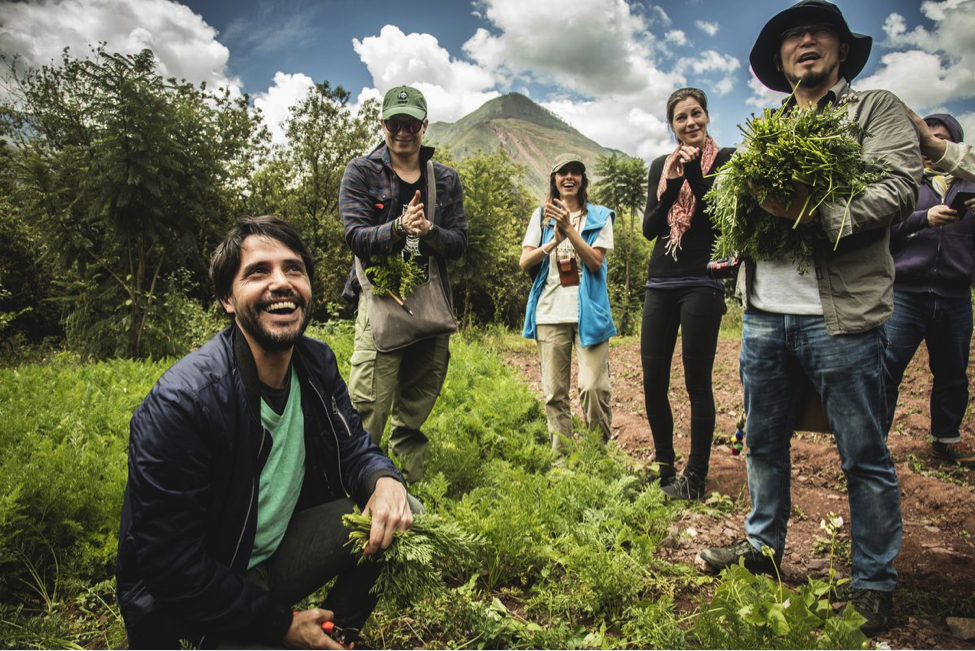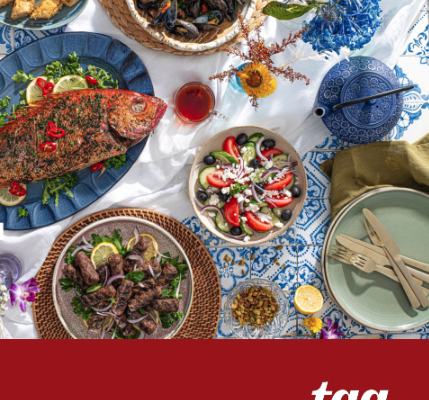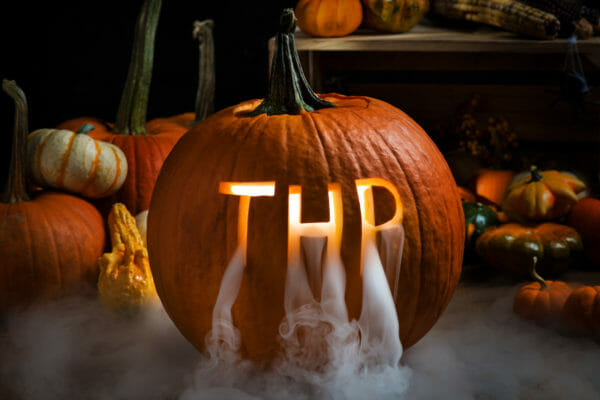For those of you reading who aren’t hardcore foodies like us, let us introduce you to the hit Netflix series, Chef’s Table. 👋 This series has taken the television and cooking world by storm since the release of its first episode in 2015. Every episode of the show features a world-class chef, their restaurant and a detailed account of their lives. Chef’s Table has featured some of the most famous chefs in the world such as Magnus Neilson of Sweden, Massimo Bottura of Italy, Alex Atala of Brazil and Ivan Orkin of Tokyo. This show has raised the bar for food content marketing around the world – a new standard of creativity, film and storytelling.
As food marketers, there are many things we can learn from Chef’s Table. How do we craft a captivating story around a single dish? What’s the best way to evoke emotion through photography and videography of fresh, simple and beautiful ingredients? How do we build a personal connection between our audience and a chef? Food is no longer just something we consume. Food has become an expression of self, a form of communication, an art.
Click here to check out our content marketing gurus’ top tips for food and beverage brands.
Chef’s Table digs deep into the inner workings of a restaurant. It gives its viewers an exclusive look behind the scenes, showcasing the history of the chef, the culture of their cuisine and the various experiences that have had influence over their journey. Chef’s Table loves to go big! Rather than focusing on how to execute a specific recipe, the series defines culture, language, love and family. Each featured chef speaks to their unique craft and how they approach cooking; not as a means to eat, but to express.
This narrative style series reflects a fundamental shift in the food content marketing industry within the past 10 years and how brands have adapted their methods of communicating with their audience. They’ve stopped sending messages and started to have meaningful conversations. Chef’s Table is a leader in this space, showing the desire for consumers to see food in its most basic and natural form. The series allows people to become a part of the story, understand the process and sourcing of ingredients, and leaves its viewers with something to talk about. This new style of food marketing is here to stay and we couldn’t be more excited!
Chef’s Table’s popularity and power as a show is also due to their high-quality visuals. Each episode is treated like a short documentary, a change from the days of straightforward instructional cooking videos that fill a lot of our social feeds. The editing, cinematography, and creativity of shots are no less than breathtaking. Never before has so much creative energy, time and focus been put into portraying a meal! There are long shots of the chef’s dishes, careful close ups of prep lines and grill cooks, and shots of the restaurant’s surrounding scenery. We all know that content is the cornerstone of marketing, but Chef’s Table has set the bar pretty darn high. The visual quality of their show has pushed food content marketing to become a more creative, visual industry. Without artistic, high quality content, your product won’t stand up against the competition!

Chef’s Table: Virgilio Martinez of Centrale in Peru (Season 3, Episode 6)
Every episode is centered around a chef and their restaurant, with a pointed effort to explain and portray the culture and history that inspires the chef’s cuisines. Significant portions of each episode is spent explaining the history and context of dishes. Understanding the culture of the cuisine gives the viewer a greater appreciation for the thought and consideration put into every dish. This style of narrative storytelling presents food as a global language that connects people! For example, Virgilio Martinez of Centrale in Peru (Season 3, Episode 6) is a cultural visionary, discovering ingredients and cooking techniques from various indigenous Peruvian communities into bespoke culinary experiences. Virgilio’s cross-country style perfectly demonstrates food’s ability to connect vastly different communities through a singular experience. This lends to consumers’ rising focus on authentic food experiences with context. As a food brand, speaking to the background or inspiration behind your products will help make that meaningful connection with your customers. Lots of brands have committed to including only quality ingredients in their products, a change from the past focus on convenience and flavor.
Find out more about Peruvian cuisine and its impact on the food and beverage industry in 2019!
The movement toward chefs as celebrity figures has changed the culture of the food industry, influencing consumer patterns from purchasing behaviors to cooking habits. Getting a chef’s sign of approval on a specific product or brand holds far more clout than it ever did before. Chef endorsements and co-branded content have become a significant marketing vehicle for food and beverage brands. This is partially a result of accessible video content distributed across Facebook and YouTube, which has empowered anyone to become their own at-home chef! It’s content like Chef’s Table that creates a platform for this type of change in consumer behavior and food content marketing.
If you’re not inspired yet, dig into an episode of Chef’s Table!
Find out why over 680 top marketers from around the world choose THP for their food content marketing. Our 100% on-demand model means you only buy what you need, when you need it. No long term contracts. No minimum orders.

Food Photography Tips & Tricks for Brands: Capturing Cravings and Conversions

Happy Halloween from THP a Tag Company!



Comments are closed.